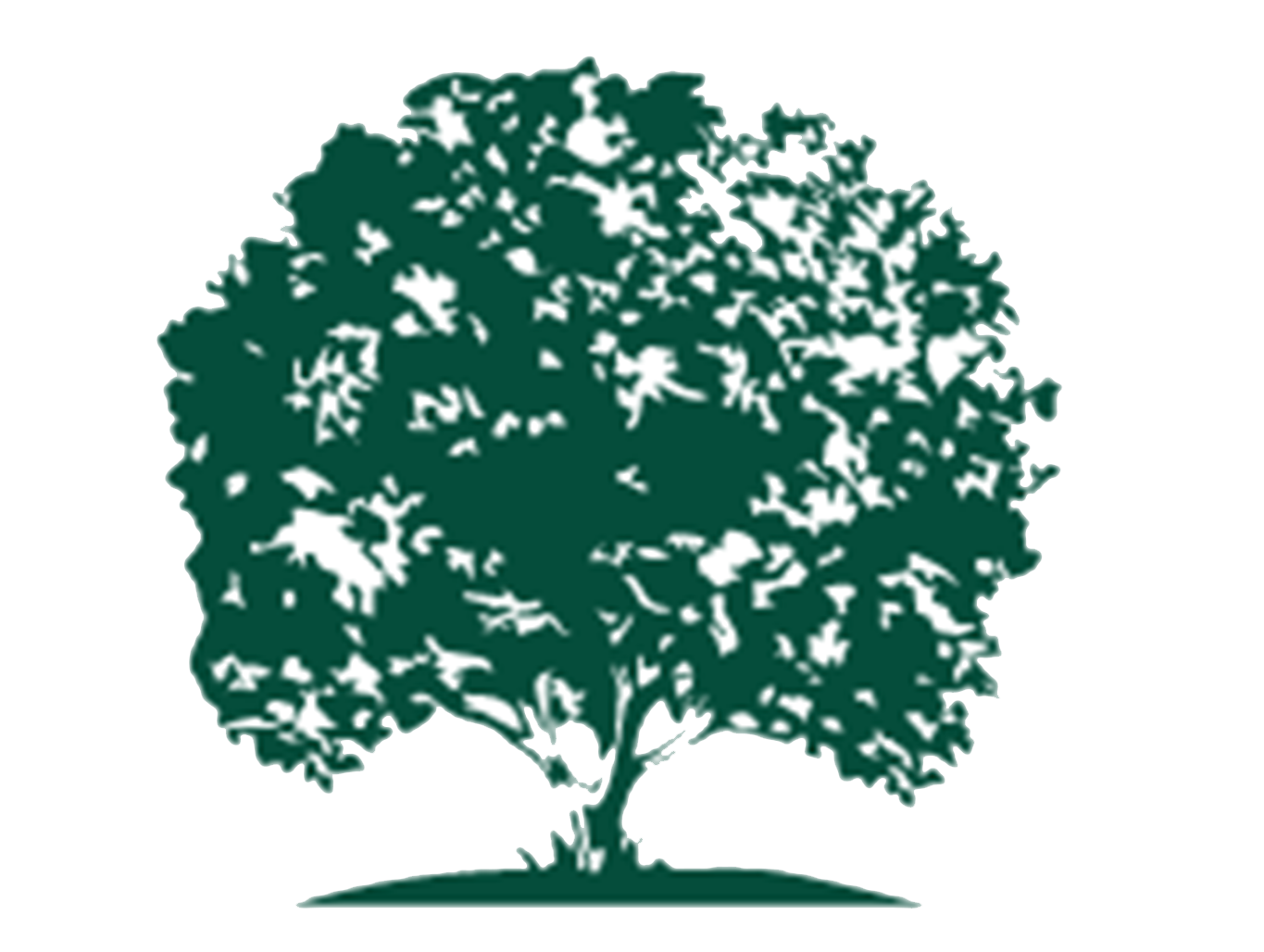Aerial Arboreal: Elevated Tree Trimming with Helicopters
You’re likely familiar with the challenges of maintaining power lines, especially in remote areas. That’s where helicopter trimming comes in – a highly efficient method that covers approximately 200 miles of power lines annually.
Equipped with an aerial saw, a specialized MD 500 helicopter navigates inaccessible areas, prioritizing reliability, outage reduction, and safety. The saw’s 24-inch blades with carbide tips guarantee smooth cutting.
As you explore this innovative approach, you’ll discover the latest in advanced technology, cost savings, and enhanced efficiency – and uncover the future of aerial tree maintenance.
Helicopter Tree Trimming
When maintaining power lines, helicopter tree trimming proves to be a highly efficient method, particularly in areas where traditional ground-based crews struggle to access, allowing them to cover approximately 200 miles of power lines annually.
You’ll notice that helicopter trimming is crucial for reliability, outage reduction, and safety. The MD 500 helicopter, equipped with an aerial saw, navigates through areas inaccessible to ground crews.
Saw blades, 24 inches in diameter with carbide tips, are set for tree width to guarantee smooth cutting. LiDAR technology helps identify high-risk tree areas, while vegetation management efforts minimize power outages.
With a focus on safety, you can rest assured that Warren Electric Cooperative is dedicated to providing reliable power to its customers.
How Helicopters Access Remote Areas
By leveraging the MD 500 helicopter‘s agility and maneuverability, it can access remote areas where traditional ground-based crews struggle to reach, ensuring that approximately 200 miles of power lines are trimmed annually.
You’ll notice the helicopter’s ability to navigate through dense forests and steep terrain, making it an ideal solution for areas inaccessible to ground crews. The aerial trimming process allows the helicopter to reach areas with limited or no road access, reducing the risk of power outages and maintaining reliability.
As you observe the operation, you’ll see the helicopter’s precision and flexibility in action, effortlessly accessing remote areas to trim trees near power lines, ensuring a safe and reliable power supply.
Equipment and Trimming Technology
As you observe the helicopter’s aerial trimming operation, you’ll notice the specialized equipment and advanced technology utilized to guarantee precise and efficient tree trimming near power lines.
The helicopter is equipped with a 33-foot saw hanging from its belly, featuring a circular blade with carbide tips and Teflon between them.
This aerial saw is attached to the helicopter by a 90-foot cable encased in a pipe, allowing for precise trimming.
| Equipment | Description | Function |
| Aerial Saw | 33-foot saw with circular blade | Trims trees near power lines |
| LiDAR Sensors | Detects hazards like overgrown vegetation | Identifies high-risk tree areas |
| Helicopter | Modified MD 500 with safety features | Carries pilot and equipment |
| Pilot | Extensively trained for aerial trimming | Operates helicopter and saw |
The pilot, equipped with advanced technology like LiDAR, ensures safe and efficient tree trimming operations.
Cost Savings and Efficiency Gains
Using helicopter-based tree trimming, you can achieve substantial cost savings and efficiency gains by reducing the need for extensive ground-based crews and minimizing the risk of power outages.
By leveraging aerial trimming, the cooperative reduces labour costs and minimizes the risk of accidents.
Here are three key benefits:
- Reduced labor costs: Helicopter-based trimming requires fewer ground crew members, resulting in significant cost savings.
- Enhanced efficiency: Aerial trimming enables crews to cover larger areas in less time, reducing the overall duration of tree trimming operations.
- Improved safety: By minimizing the need for ground crews, the risk of accidents is significantly reduced, ensuring a safer working environment.
Future of Aerial Tree Maintenance
With the success of aerial tree trimming, industry experts anticipate advancements in LiDAR technology and helicopter design to further enhance the efficiency and safety of this innovative maintenance approach.
As you envision the future of aerial tree maintenance, you can expect significant improvements in helicopter performance, saw blade design, and LiDAR technology integration.
This will enable more precise vegetation management, reducing the risk of power outages and enhancing overall safety measures. You’ll see advancements in helicopter safety features, such as enhanced stability and real-time monitoring systems.
Additionally, LiDAR technology will continue to play an important role in identifying high-risk tree areas, allowing for more targeted and efficient tree maintenance.
With these advancements, you can expect even greater efficiency gains in aerial tree trimming, ensuring a safer and more reliable power supply for the future.
FAQ – Tree Trimming with Helicopter
Can you trim trees with a helicopter?
You can indeed trim trees with a helicopter, a specialized technique employed by professionals like Rotorblade, who utilize a helicopter-mounted aerial saw to precision-cut tree branches near power lines.
This efficient method guarantees electric reliability and reduces outages.
Here are some key benefits of helicopter-based tree trimming:
- Enhanced safety: Trimming trees near power lines reduces the risk of electrocution and power outages.
- Increased efficiency: Helicopters can access hard-to-reach areas, making the trimming process faster and more efficient.
- Improved accuracy: LiDAR technology helps identify high-risk tree areas, enabling targeted trimming and reducing the risk of power outages.
How much does a helicopter saw cost?
If you’re considering investing in a helicopter saw for tree trimming operations, the cost is likely a top concern, and the price tag can range from hundreds of thousands to a million dollars, depending on the specifications and features of the saw and helicopter.
The cost of a helicopter saw can be broken down into several components, including the purchase price of the saw itself, the helicopter, and ongoing maintenance expenses. Additionally, operational costs, such as fuel and pilot salaries, must be factored into your budget.
A significant investment, a helicopter saw is a significant expense, but it can be a worthwhile one for companies that require efficient and effective tree trimming operations.
How does a helicopter trim work?
During aerial tree trimming operations, a helicopter equipped with a specialized saw attachment is flown along power line right-of-ways to precision-cut tree branches and vegetation that pose a risk to electrical infrastructure.
The saw attachment typically consists of a 24-inch diameter blade with carbide tips and Teflon between them. As you observe the helicopter in action, you’ll notice the saw blades spinning at high speeds to efficiently cut through tree limbs.
Here’s how it works:
- The helicopter flies along the power line right-of-way, precision-guided by GPS and LiDAR data.
- The saw attachment, suspended 90 feet below the helicopter, is positioned to cut tree branches and vegetation.
- Ground crews follow the helicopter to clean up trimmings, ensuring safety and efficiency in the tree trimming process.
The helicopter’s aerial trimming capabilities allow for efficient and safe tree trimming, especially in areas inaccessible to ground crews.
Conclusion
As you descend back to solid ground, the rotor wash dissipating, you’ve witnessed the unsung heroes of aerial tree maintenance.
Like a surgeon’s scalpel, the helicopter’s precision saw sliced through branches, preserving the delicate balance between nature and infrastructure.
With each carefully planned operation, the lights stay on, and the community remains safe. The symphony of helicopter trimming is a tribute to human ingenuity, harmonizing man and machine in a dance of precision and skill.






![How Much Does Tree Trimming Cost? [+Calculator]](https://abbeytreesurgeons.co.uk/wp-content/uploads/2024/03/how-much-does-tree-trimming-cost.png)
